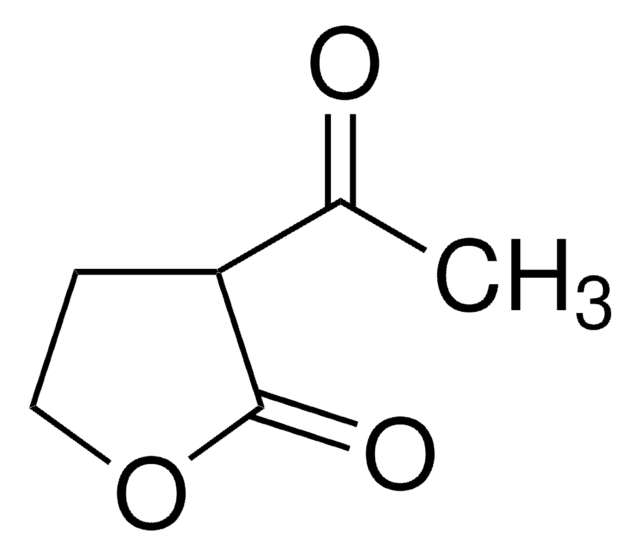398098
Hydriodic acid
contains no stabilizer, ACS reagent, 55%
Synonyme(s) :
Hydriotic acid
About This Item
Produits recommandés
Qualité
ACS reagent
Niveau de qualité
Pureté
55%
55.0-58.0% (ACS specification)
Forme
liquid
Ne contient pas
stabilizer
Impuretés
≤0.75% I2
Résidus de calcination
≤0.01%
Point d'ébullition
127 °C (lit.)
Densité
1.7 g/mL at 25 °C
Traces d'anions
bromide, chloride (as Cl-): ≤0.05%
phosphate (PO43-): ≤0.001%
sulfate (SO42-): ≤0.005%
Traces de cations
Fe: ≤0.001%
heavy metals (as Pb): ≤0.001%
Température de stockage
2-8°C
Chaîne SMILES
I
InChI
1S/HI/h1H
Clé InChI
XMBWDFGMSWQBCA-UHFFFAOYSA-N
Vous recherchez des produits similaires ? Visite Guide de comparaison des produits
Catégories apparentées
Description générale
Application
It may be used in the following processes:
- Deiodination process during the synthesis of partially fluorinated pyridinium bromides.
- As a reducing agent for oxidized graphene nanoribbons (OGN).
- In combination with red phosphorus to reduce pseudoephedrine in the synthesis of methamphetamine.
Mention d'avertissement
Danger
Mentions de danger
Classification des risques
Aquatic Chronic 2 - Eye Dam. 1 - Met. Corr. 1 - Skin Corr. 1B
Code de la classe de stockage
8B - Non-combustible corrosive hazardous materials
Classe de danger pour l'eau (WGK)
WGK 1
Point d'éclair (°F)
Not applicable
Point d'éclair (°C)
Not applicable
Certificats d'analyse (COA)
Recherchez un Certificats d'analyse (COA) en saisissant le numéro de lot du produit. Les numéros de lot figurent sur l'étiquette du produit après les mots "Lot" ou "Batch".
Déjà en possession de ce produit ?
Retrouvez la documentation relative aux produits que vous avez récemment achetés dans la Bibliothèque de documents.
Les clients ont également consulté
Notre équipe de scientifiques dispose d'une expérience dans tous les secteurs de la recherche, notamment en sciences de la vie, science des matériaux, synthèse chimique, chromatographie, analyse et dans de nombreux autres domaines..
Contacter notre Service technique









